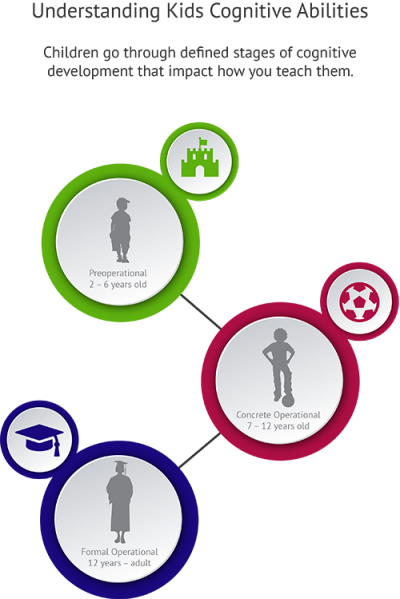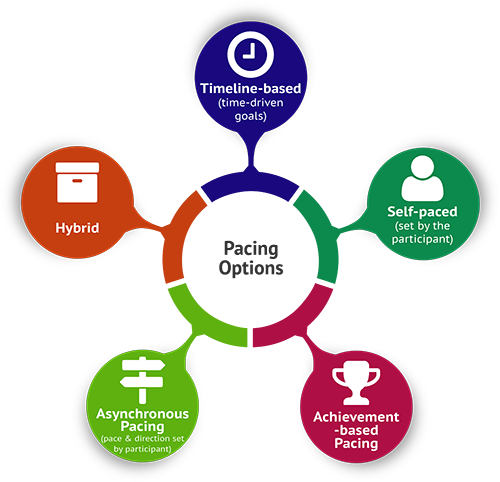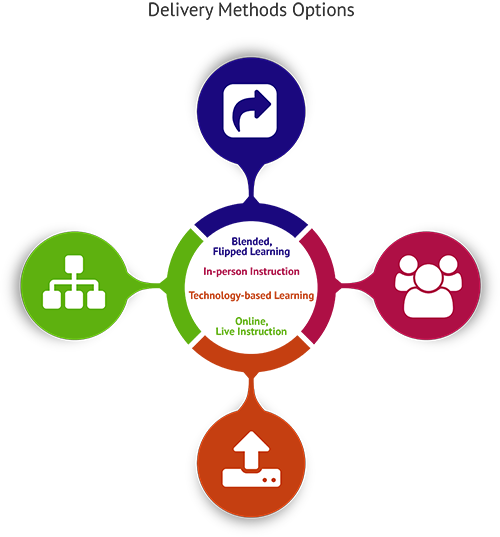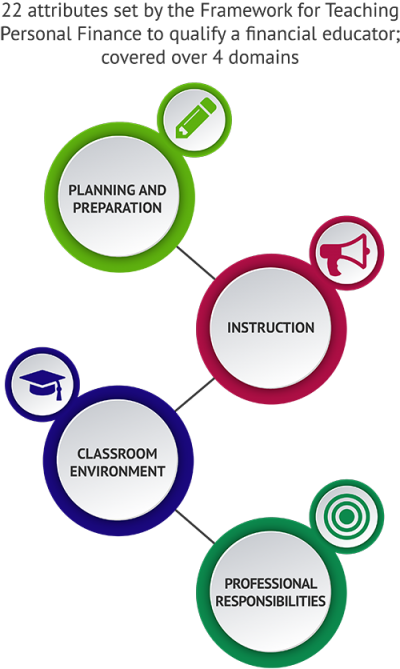Financial Literacy Activities for Students Start the Path Toward Success
If you need to find accredited financial literacy activities for students, you’re in the right place. Start by exploring our website for the types of activities you want. Then learn how to build your own financial education program.
Among other things, the National Financial Educators Council designs financial activities for students that can be customized for your specific audience. Our Curriculum Advisory Board ensures the highest quality of all our programs. We are completely independent, and our educational materials are free of ads.
Creating a Financial Education Program
Dan was a financial planner who wanted to help students in grades 6 through 8 to become financially literate. His plan was to develop a program based on financial activities for students, but he knew it would be an involved process. He started with some market research. Polling students at the public middle school revealed that they wanted to learn about personal finance, but the schools didn’t offer such a program.
Now he needed professional guidance to create and deploy his program. Online research led him to the National Financial Educators Council (NFEC). He couldn’t believe it, but they offered exactly what he needed.
Desired Depth of Personal Finance Understanding
He wanted these middle school students to be able to understand the skills and concepts of personal finance and the long-term perils of debt. It would be great if he could get them to the stage of strategic thinking about such important topics, but time was limited, so he’d be happy with a conceptual understanding. He knew that any knowledge would put them ahead of the curve.
Delivering Course Materials in the Most Effective Manner
Based on NFEC guidelines, Dan thought about the best way to deliver his financial activities for students. A program that progressed along a timeline would ensure that most of the class would learn at a healthy pace and attain the level of understanding Dan wanted for them. Actual delivery of the activities would be best in person because that’s what middle school students are accustomed to.
What Aspects of Personal Finance Should the Activities Address?
Dan’s next step was to determine the areas of personal finance that would have the most impact on the students. Since middle school students typically had minimal if any concepts of financial literacy, he would start with the basics of earning, saving and budgeting. His financial literacy activities for students would be fun and engaging enough to keep the class interested and engaging.
An Effective Curriculum for Financial Education
Dan had a few requirements for his financial activities for students that he would not compromise on. It had to meet existing standards of financial education and the learning principles had to be based on empirical evidence. It needed a strong scaffolding that would keep the students progressing at the right pace to keep them challenged and not overwhelmed. His plan also included having a variety of financial literacy projects for his middle school students to encourage peer interaction and learning.
A Qualified Presenter of Financial Literacy Activities
Now to find the right educator. The teacher would have to be an NFEC Certified Financial Education Instructor who had experience teaching financial literacy activities for students in middle school. Dan wanted the presenter to be personable and able to make a personal connection with the students and present interactive financial literacy games. The NFEC helped him find just the right person. Dan considered getting certified, but right now he wanted to focus on developing and launching the course.
Results of Dan’s Financial Activities for Students in Middle School
Upon first inspection, Dan couldn’t believe the results. He ran the numbers again and got the same results. Of the 28 middle school students who participated in the financial activities, 25 of them completed the course successfully, an 89% completion rate of those that completed the financial literacy curriculum for youth training.
Dan put the numbers into a report that would highlight the success. The report would be used to expand Dan’s program into other middle schools. He would also need sufficient funding, which the report would help him get.
Plans to Grow Beyond Financial Literacy Activities for Students
Dan never imagined the positive impact his financial literacy activities for students course would have. He awarded completion certificates and included the parents in the ceremony. The school newspaper also mentioned the course and named the students in the school newspaper.
He was thrilled to consider that this was just the beginning of his financial literacy pursuits. He wanted to expand in all directions and one step at a time, he intended to do so. He would expand into neighboring middle schools, then offer continuing financial education at the high school level with an advanced financial literacy training manual. When it came time, his students would be ready for the advanced course and the real financial world.




